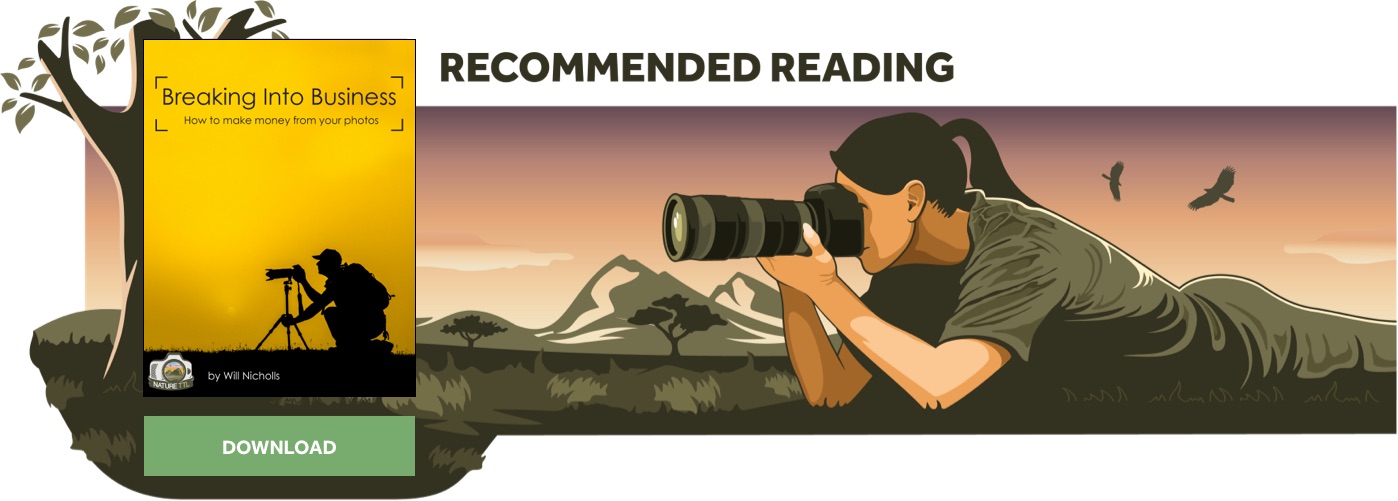How to Resize Multiple Images in Lightroom

Adobe Lightroom is a fantastic piece of software when it comes to processing multiple images at once. This bulk-processing technique comes in handy very often when you find yourself filling up your camera cards with photos.
Often you may find yourself needing to upload a selection of photos online or send them in an email. Follow these quick steps to learn how to do it in no time at all!


Step 1: Import Images
When you first open Lightroom, you’ll be faced with a screen similar to this. Click the “Import…” button in the bottom-left of the screen, as shown in the image below.
Then, use the panel that appears on the left to browse your folders and find the location of your images you wish to process. Select the folder, and then select the images you wish to resize. Notice the “Check All” and “Uncheck All” buttons at the bottom of the screen – these may help you to select your photos more efficiently.
Once you’ve done that, just press import at the bottom-right of the screen.
Step 2: Export
The images you have just imported should now be showing up in their own window.
If any are missing, it is likely you’ve already imported them previously. To fix this problem, navigate to “All Photographs” under the “Catalog” header on the left panel, and select all the images you wish to resize. Press “B” on your keyboard to add each to your “Quick Collection”. After this, open up the “Quick Collection” by selecting it from the left panel, and then follow the next steps.
To export them all at once, you’ll need to make sure they are all selected. To do this, click on one of the images and then use the following keyboard shortcuts:
- Mac Users: Command + A
- Windows Users: Control + A
Now they are all highlighted, click “Export…” in the bottom-left corner.
Step 3: Resizing Options
After you have clicked to export your photos, you’ll see a final pop-up window. Navigate to where you wish to save the files, and then scroll down the window until you see the sections shown in the image below. They are titled “File Settings”, “Image Sizing”, and “Output Sharpening”.
Firstly, select the image format from the drop-down menu. Most likely this will be JPEG. Next, you can either use the “Quality” slider to determine the size, or tick the checkbox to limit the file size. The advantage of this is that you will have no images over a certain file size, but complex images may appear to degrade in quality more than others.
Next, you can tick the “Resize to Fit” checkbox to control the actual size of the image. I like to choose “Long Edge”, and most likely this is what you will need to choose as well. Type in the length of the longest size of the image you would like in the box below it.
If you’re publishing the image online, you should reduce the pixels per inch count to 72. It is probably set at 240 or 300 originally, and thus is considered higher resolution. 72 pixels per inch will not reduce the user experience for those viewing on regular screens, but it will reduce the size considerably and also stop people from printing your images to a high quality.
If you’ve reduced the longest edge measurement considerably, then you will need to sharpen the image a little. Select the checkbox and choose “Screen”. “Standard” should be sufficient.
Finally, hit the “Export” button, and you’re done! All the photos should be in your designated location at the reduced size.








